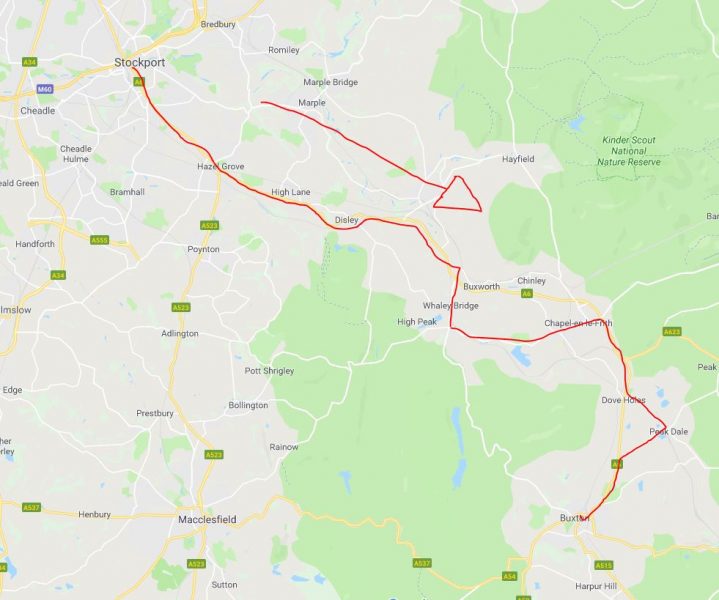 Route: Skyline 199, Manchester Airport – Buxton (we get on at Stockport)
Route: Skyline 199, Manchester Airport – Buxton (we get on at Stockport)
Operator: High Peak
Frequency: Every 30 mins (Mon-Sat), Hourly (Sun)
Time: ~1h 40m for the full route, 1h 20m from Stockport
Cost: A fortune (see below)
Date Of Trip: 11/8/18
Stockport bus station’s pungent sewers might be putting their slimy feet up today, but we’ve got business to attend to: a trip to Buxton on the 199.
I’ve already bought an ‘all buses’ day ticket for £5.60 on the short hop down here, which I assume will get me all the way to Derbyshire’s premier spa town. The driver of the Skyline has other ideas, though.
“Where you going to, mate?”
“Buxton.”
“Aaah right. Sorry, but that ticket’ll only take you as far as New Mills.”
“Oh sorry, I didn’t realise,” which is true, “can I pay the difference?”
“Yeah. That’s… [tippy, tippy, tap on the ticket machine] …£4, please.”
Ruddy nora.
It’s entirely my own fault, though. What I meant to do was get a Wayfarer ticket. You can’t buy them on the bus for some unfathomable reason, but for £13, you can jump on any form of public transport in Greater Manchester.
Beyond that, you can go as far north as Burnley, all the way down to Macclesfield, and, pertinent to this route, cover pretty much the whole of the Peak District and more besides.
Being unusually laissez-faire with the big hand of the clock this morning, I cut it far too fine leaving the house, and give myself no time to get a Wayfarer from Levenshulme train station; a tardiness which would leave me in financial ruin by the end of the day.
We set off with ten other passengers on board, and for once, I’m not the youngest. A man in his mid-20s is to my right, resting an orange trainer-clad foot on the seat facing him.
Just outside the bus station, by the Bear Pit, there’s a man and woman who are dressed far too neatly for 9:35am on a Saturday. I’ve seen them dotted all over the place before, stood in front of placards extolling the virtues of God, never approaching anyone, never being approached, but always looking cheerful enough on their mission. That’s possibly due to them being delighted with their bulging forearm muscles, which have become engorged after years of holding out pamphlets, like strongmen practising their hammer holds for eight hours a day.
Then again, as pride is the deadliest of the seven sins, I suppose there’s half a chance it could be something else.
We’re soon running into the familiar sights of the A6, including The Blossoms pub, a hostelry hoisted to fame by the local indie band which is named after it. I had a decent Sunday dinner there recently, although it was almost Monday morning by time it finally arrived.
The bus only picks up one passenger between Stockport town centre and Hazel Grove, a suburb with a mile-long high street which mixes traditional independent shops with a plethora of cocktail bars that contain the word ‘Lounge’, as though having a sitting room is a sign of sophistication. This might not have happened if the area had kept its less aspirational original name of Bullock Smithy, which was sadly given the heave-ho in 1836.
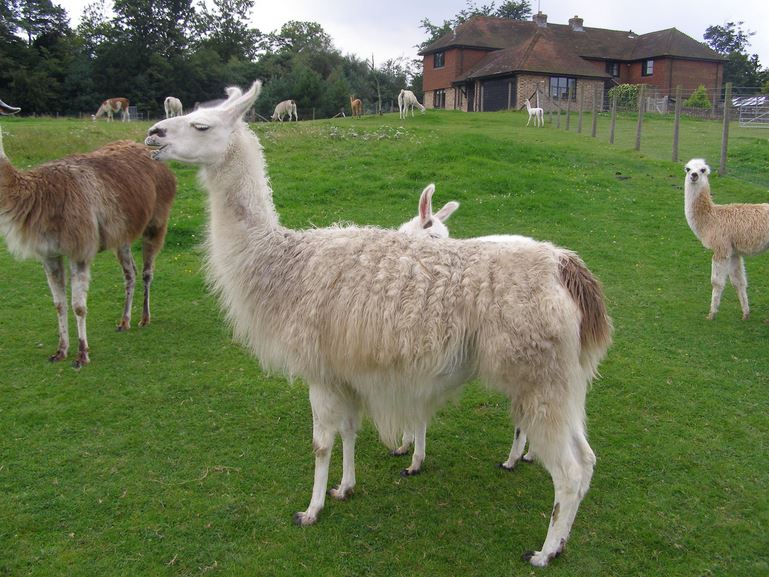 Llama Man, Llama Man…
Llama Man, Llama Man…
Me and Eleanor walked the stretch from Hazel Grove to Whaley Bridge in a couple of stints this past Christmas. On the first day, we popped into the Royal Oak in High Lane after a deceptively long climb up into the sticks, where the very second we opened the door, a choir started to sing O Little Town Of Bethlehem.
I’ve never been one for hymns or Christmas carols (Little Donkey used to make me cry when I was a little boy, as did the theme tune to Wind In The Willows), but it was the best welcome I’ve ever had at a boozer.
Today is arguably even better, as a herd of llamas have taken up residence in the field next door. They’re sat down, munching away on the grass with a couple of their sheep friends, waving their ears in lieu of having any hands at the 199 as it passes. I give them a quick thumbs-up in return.
High Lane is also where we shed our first passenger, the man with orange trainers, which prompts a couple of women to move from their bouncy back seat berth into his former chair over the axle. For the next hour, they talk exclusively about the health issues of everybody they know.
“Well,” begins the woman on the right, “she works every day apart from Wednesday morning and Wednesday afternoon. She goes dancing then, you see.”
“In her surgical socks?”
“That’s right.”
Just down past Lyme Park, Disley is the place where young professionals come to spawn. After student life in Chorlton and the reality of post-student life in somewhere cheaper, they decide that they don’t want their offspring to be mates with kids called Kyle or Jayden, and swim upstream to somewhere with no ordinance banning wood-burning stoves.
I can’t say that I blame them, it’s a lovely little town with the friendliest Co-op workers you’re ever likely to meet, including a man who is allergic to strawberries.
Robinson’s Brewery are the main pub owners around here, and both their Dandy Cock and White Lion have received inventive paint jobs.
The former has the silhouette of a stylised rooster above its door, complete with a bright red comb and wattles. The latter shows a pensive zebra – surely one of John Peel’s favourite bands – caught in the gaze of the aforementioned apex predator, just before it gets mauled to bits and eventually stripped bare by vultures.
Not far out of Disley, we get our first real glimpse of greenery. The Goyt valley is split not just by the river of the same name, but by a canal and two railway lines. A gap in the trees opens up looking towards Strines, where those who have better knees than mine can go hurtling along a selection of fantastic mountain bike trails, while Kinder Scout peeps it head above the parapet if you crane your neck enough while looking over New Mills, too.
Furness Vale gives way to Whaley Bridge, which surely has the highest dogs to humans ratio in the country.
Almost everybody walking down the main Buxton Road has a pooch at their heel, or in one case, a black labrador off the lead which is excitedly lolloping after a dozen ducks and ducklings, forcing them to leap into the Peak Forest Canal in order to get a bit of peace and quiet from their slack-tongued tormentor.
 He Does Everything That A Llama Can…
He Does Everything That A Llama Can…
It’s a fair five or six mile stretch to reach Chapel-en-le-Frith, in which we watch the sweeping hills of the south western arm of the Peak District go from gentle to dramatic in the space of a couple of bends.
It’s a perfect day for it. Just about warm enough for shorts and a t-shirt, but it won’t be being enjoyed too much by a chap who lives down the road from one of the two ladies opposite. He’s holed up in Stepping Hill Hospital with a mystery illness.
“It’s all stress they reckon.”
“Stress? He’s been retired for about five years, what’s he got to be stressed about?”
“I don’t know, but they said that it’s definitely stress related. Or a virus.”
“Oh dear. Do you know how his bypass went in the end?”
“Very well, apparently. He’s still alive.”
It’s as though Alan Bennett is live streaming his latest script directly into the bus.
Chapel-en-le-Frith has got a cheek. The self-styled Capital Of The Peak is nothing of the sort. It’s population of just shy of 9,000 is only around 40% of what Buxton can muster, while it barely has a quarter of the people who live in Glossop. Even New Mills is bigger.
At least the Australian government has the decency to sit in Canberra rather than Sydney or Melbourne, but as the local High Peak Borough Council splits its time between the two largest towns, Chapel’s claims to any sort of capital status are threadbare at best.
That said, if its residents are planning on some sort of sudden Passport To Pimlico secession, they’re doing a great job of hiding their intentions in plain view, and good luck to them.
We see more hulking pamphlet-wielding Christians bursting out of their pristine white shirts outside the Morrisons, as well as our first Derbyshire flag of the day.
I tend to balk when I see the flag of St. George being waved, mostly due to the connotations it has with football hooliganism and far-right ‘Free Tommy’ types, but I’m all for running local symbols up a flagpole.
 He Can Bleat, He Can Trot…
He Can Bleat, He Can Trot…
While I am English, I always identify first and foremost as a Mancunian. Where you’re born is just a situational fluke – Terry Butcher, Captain Blood himself, popped out in Singapore – it’s where you feel you belong that matters. There’s a much closer shared history and experience with people from the same area, and the adoption of county flags is a healthy way of celebrating and taking pride in your immediate part of the planet.
Although the black and white cross of St. Piran has been a symbol of Cornishness for the best part of 200 years, county flags from other parts of the UK are a relatively new development.
The Derbyshire flag only came into existence for the first time in 2006, when a listener rang BBC Radio Derbyshire asking if their fair county had one after a trip to Cornwall. After it was discovered that they didn’t, a competition was launched, with the green cross on a blue background (representing the region’s countryside and waterways) coming out on top.
One of the tenets of great design is that any form of symbol, whether it be a flag or a company logo, should be immediately recognisable when shrunk down to the size of a postage stamp. Of the flurry of new flags created since the mid noughties, Hertfordshire, Orkney and the Isle Of Wight have all come up with striking examples, while Shropshire, the West Midlands and even my dear old Greater Manchester have each contrived to make fussy, cluttered banners.
The worst of the lot is Tyne And Wear. Its symbolism is easy to understand; there’s a white fort contorted simultaneously into the shape of a ‘T’ and a ‘W’, on a navy blue background, with the waves of a river threatening to swamp the top of the turret. Perhaps it’s a nod to global warming, but it’s slapdash, corporate and objectively terrible. It’s not going to stir any geordie or mackem souls, and however much money was spent on it, they paid at least 100% over the odds.
They could do with taking inspiration from Russian cities, who are unquestionably the kings/tsars/oligarchs of vexillology.
From a polar bear bench pressing a giant key in Norilsk, the magnificent minimalism of Magnitogorsk’s black triangle, and the bag of wriggling puppies being drowned in a sack on Petropavlovsk-Kamchatsky’s standard, there’s an instinctive understanding of how to best represent yourself to the outside world.
It’s a concept which was also grasped by the Kingdom Of Benin in West Africa. Now a part of Nigeria, and not to be confused with present day country of Benin, its flag showed two naked men in battle, one of which was mid way decapitating the other with a hefty sword. The message was self-explanatory, and perhaps contributed to the tiny country surviving for more than 700 years until its eventual annexation by the British Empire in 1897.
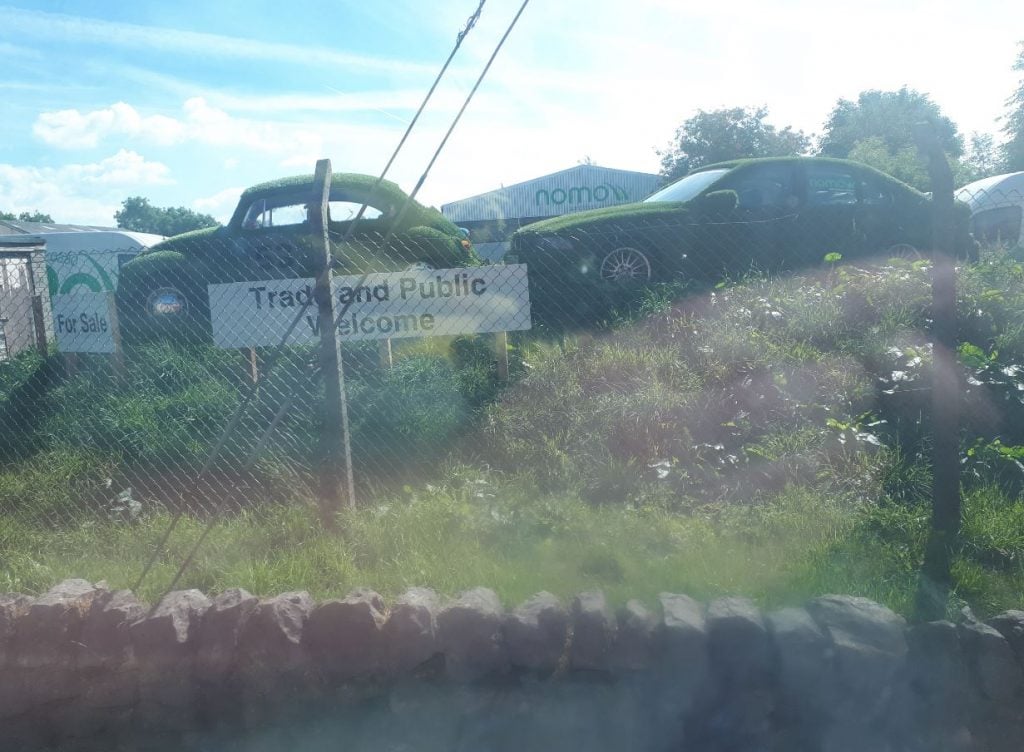 He’s Got Everything That A Llama’s Got
He’s Got Everything That A Llama’s Got
The bus rejoins the A6 and we soon find ourselves in Doves Holes, once voted the ugliest village in Britain in a poll on 5live. The people casting their ballots were presumably from Chapel-en-le-Frith, who don’t want their neighbours involved when they finally declare independence.
We stop outside Nomow, an artificial grass firm which has decided that the best way to show how great their pretend turf is, is to strap some crash test dummies inside a couple of cars and entirely carpet the outsides of the vehicles in the stuff.
This part of the Peak District has been used for limestone quarrying for hundreds of years, but the main player now is a Mexican company called Cemex. So important is it to local economy that it has its own branch line carved into a narrow gorge, where dozens of dusty red wagons wait to be filled by the conical mounds of aggregate which dot the site. A milky white stream runs much of the length of it, discoloured by run-off from the workings.
As we reach the final approach to Buxton, we throttle through a litany of ailments that friends of the two ladies are currently suffering from. Vertigo, ear infections and glaucoma all get rattled off, with one poor woman somehow trapping her lip in a car door so badly that it’ll require plastic surgery to fix.
Buxton is handsome on a bad day, but as we drop past the glinting bay windowed frontages of its town houses, it feels like a place which is strutting in the sun. It’s the loftiest market town in England, so knowing that its winters can be harsh, it certainly makes the most of it when the summer makes a fleeting appearance.
Our No.65 bus to Sheffield leaves from the bottom end of town these days, rather than its former starting point on Market Square, so we’d better get cracking…
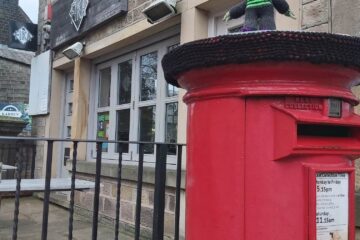
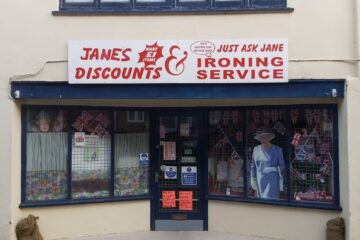

2 Comments
stuart wadsworth · August 19, 2018 at 12:38 am
lovely writing style, evokes memories of machonie in pies and predjudice
admin · August 22, 2018 at 4:42 pm
Oh wow, thanks Stuart, I’ll take that as an absolutely massive compliment! I’ve still not got around to reading any of his books, but they’re all on my ever-growing wishlist 🙂